
New: find more details on U.S. fieldphone history on the U.S. Signal Corps Field Telephones Timeline.
The TA-1/PT is the successor of the EE-108 and TP-3 sound powered telephones. It was introduced into service in the mid 50ies and has been used by different NATO forces. The one presented here was in use in Norway.
The device is very lightweight but still sturdy. The instrument can be used on point to point connections with other sound powered or local battery instruments, or also connected to a local battery switchboard. It is specified for connections with up to 10dB attenuation, up to 6km on typical field wire.
It includes a generator to generate a ring signal of about 80VAC 20Hz. Incoming calls are signalled by a volume adjustable buzzer and a visual indicator.
The TA-1/PT features a visual call indicator which activates on incoming ring signals and is reset when pushing the P.T.T. button. The visual call indicator enables to switch off the ringer buzzer and still get a completely quiet incoming call indication.
Disassembled.

Front.
From left to right: RX connections, Visual indicator, Relais coil of visual indicator, Magneto (Two coils and rotating magnet), Capacitor.
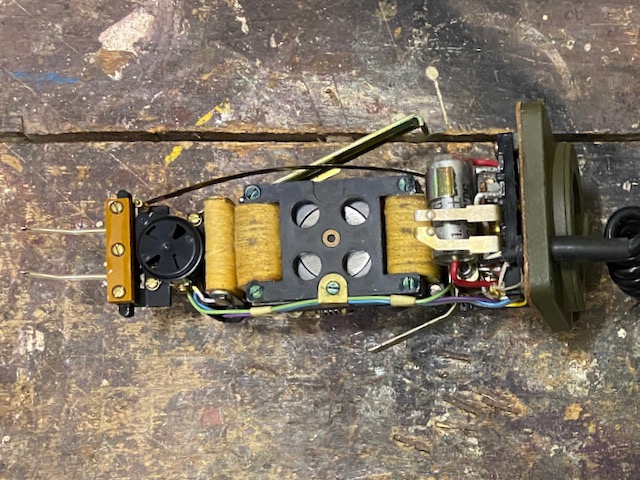
Right side.
On the right above the capacitor the buzzer coil.
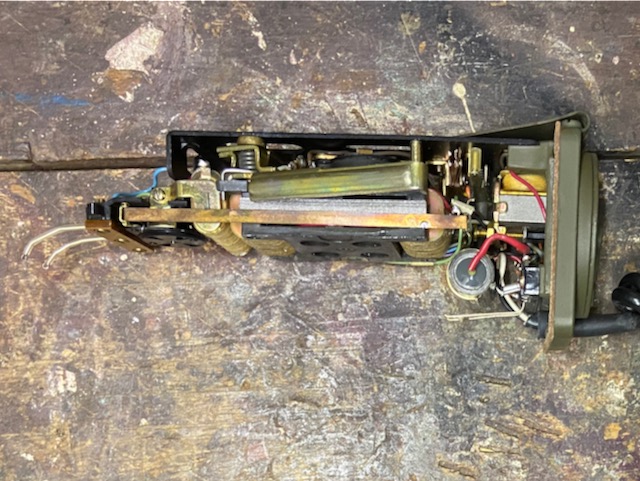
Back side.

Left side.
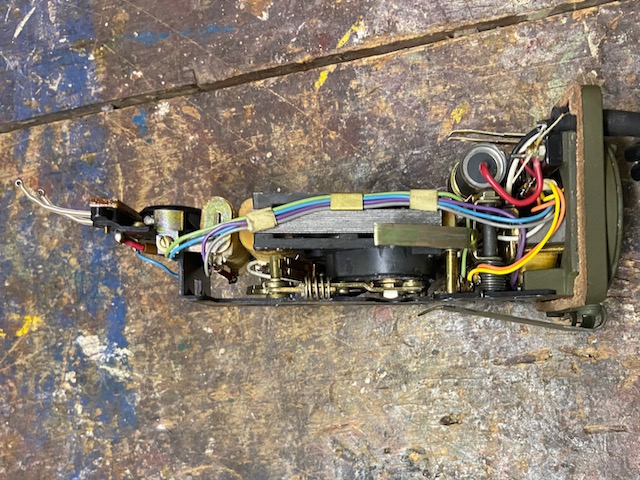
The removed magneto and P.T.T. lever covers.
The holders are bento to press the covers against the frame when fastened.

The RX and TX elements and caps with moisture-preventing diaphragms.
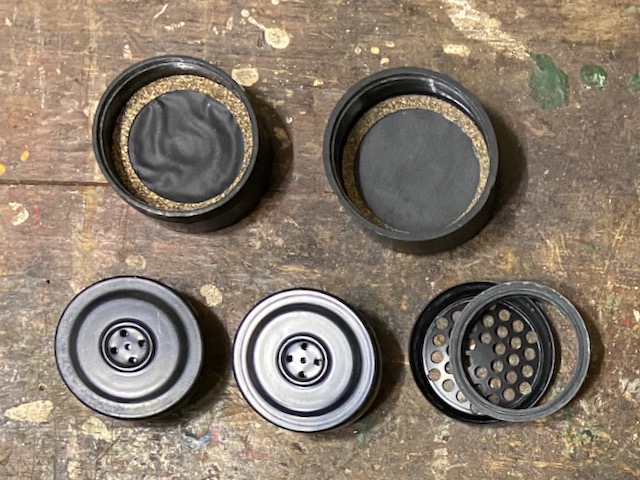
The RX element back. TA-118/PT.

The TX element back. TA-121/PT.
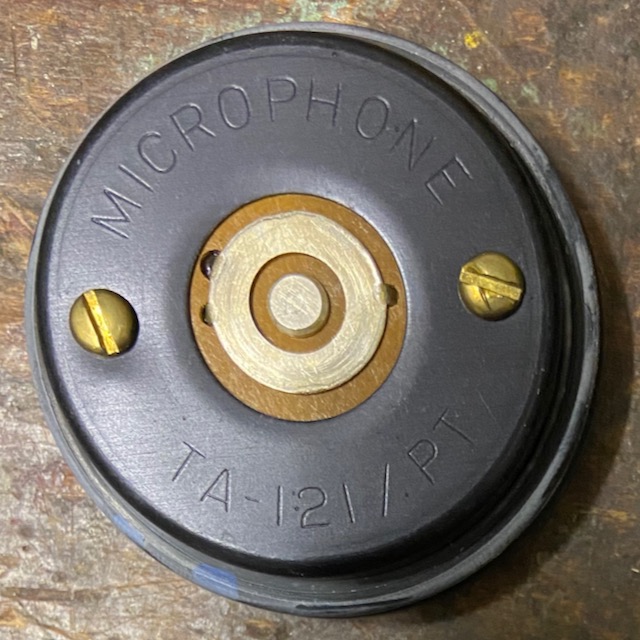
The empty case.

The empty case inside.

Assembled and ready.

The label on the front is torn, it did read "Du Snakker! - Hvem lytter?" (Norwegian, "You talk, who listens?").

On the bottom the buzzer volume lever.
The device was MFP treated (Moisture and fungi proving)

Stored in satchel.
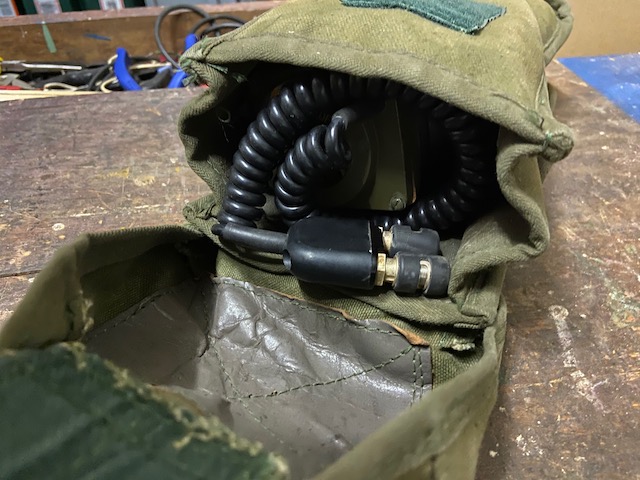
Ready for transport.
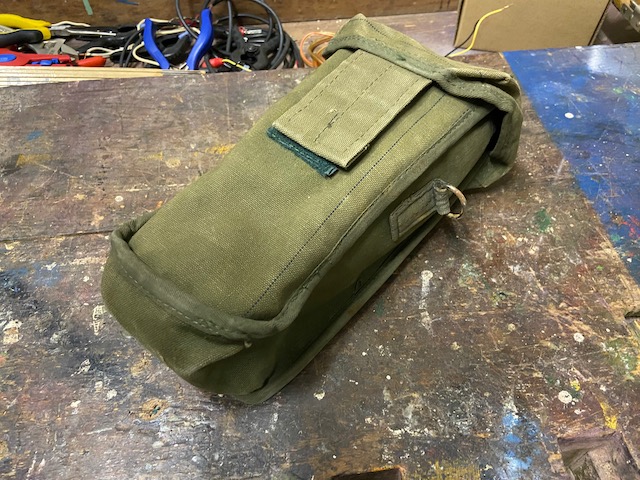
Manufacturing label with US oder/contract number.

Diagramm from TM_11-5805-243-13.

Creative Commons Attribution-ShareAlike 4.0 International License